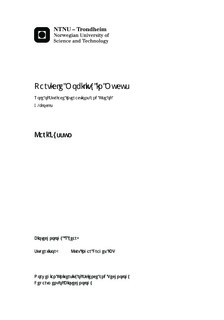Particle Mobility in Mucus: Role of Surface Interactions and Use of G-blocks
Master thesis
Permanent lenke
http://hdl.handle.net/11250/245808Utgivelsesdato
2012Metadata
Vis full innførselSamlinger
Sammendrag
The mucus layers on the internal surfaces of the human body serve as an important barrier against foreign material, but it also create restrictions regarding drug delivery. Discovering methods to overcome this barrier would lead us closer to an efficient delivery of larger drugs and nanoparticles. Recent studies have shown that alginate G-block polymers can modify the physical properties of mucus, and that the G-blocks make the mucin network more open and increase particle transport through mucus. This shows that G-blocks are an interesting candidate, for use in drug delivery across mucosal barriers, but further work to understand the mechanisms by which the G-blocks interact with mucus is still desirable. Studies have shown that neutral particles diffuse more easily through mucus than charged particles. In this thesis the interactions between nanoparticles with different surface structures and mucus components were compared by dynamic light scattering and the effect of G-block on these interactions was established. The diffusions of all particle types were compared in pig gastric mucin (PGM) from Sigma, by the use of confocal microscopy and multiple particle tracking (MPT). Then alginate G-blocks were added and the diffusion of the particle types was compared. The results showed that G-blocks can reduce the amount of mucin components accumulating on to positively charged surfaces but not to negatively charged particles. The MPT showed that the surface charge of the nanoparticles is the primary determining factor when it comes to diffusion through Sigma mucin, and that the effect on the diffusions caused by G-blocks is relatively small, most probably due to the matrix of Sigma mucin, lacking the large networking polymers on which G-blocks previously have shown their effect. It was found that G-blocks make the distribution of trajectories more homogenous, but that this did not affect the mean displacements.
